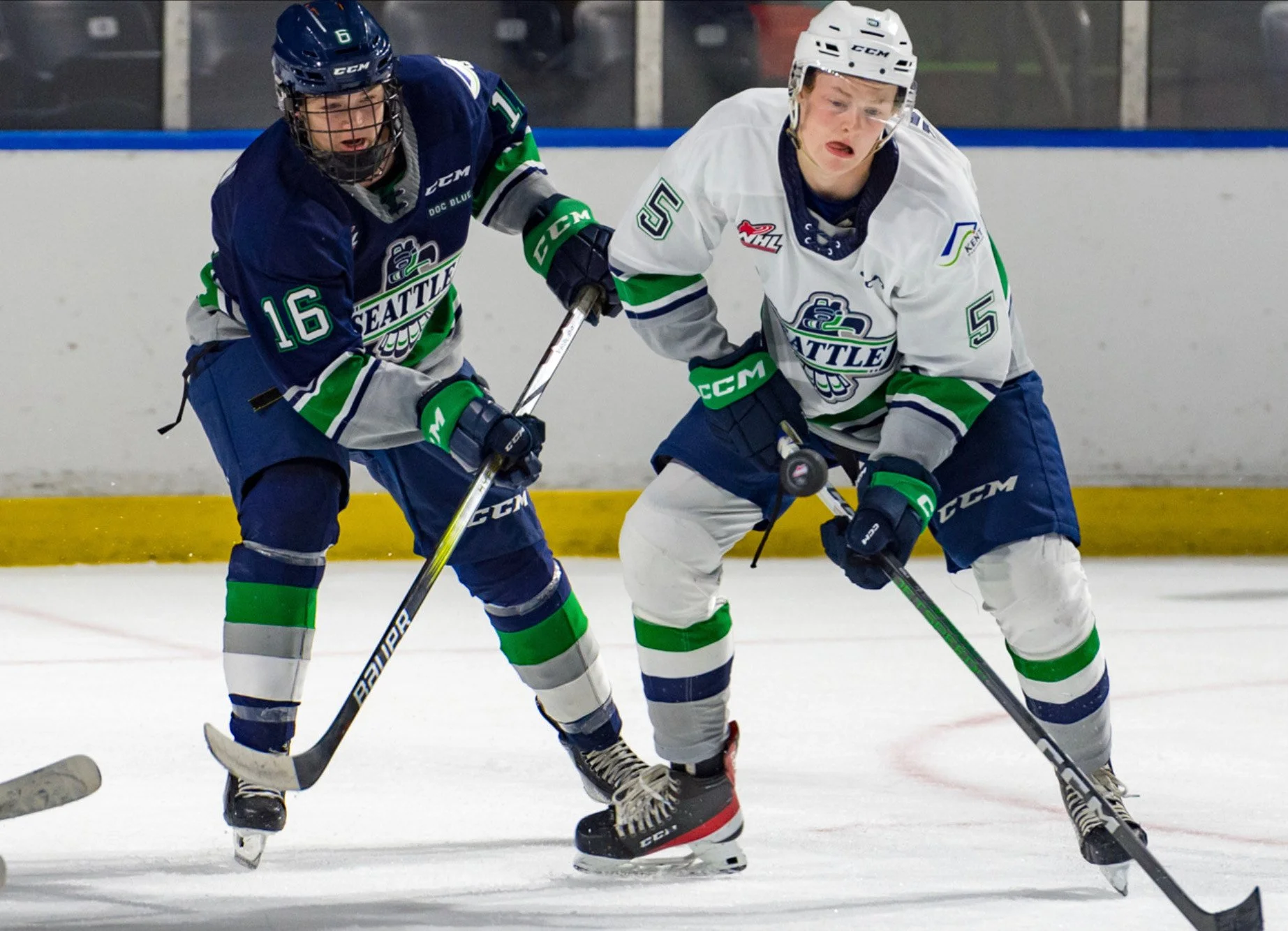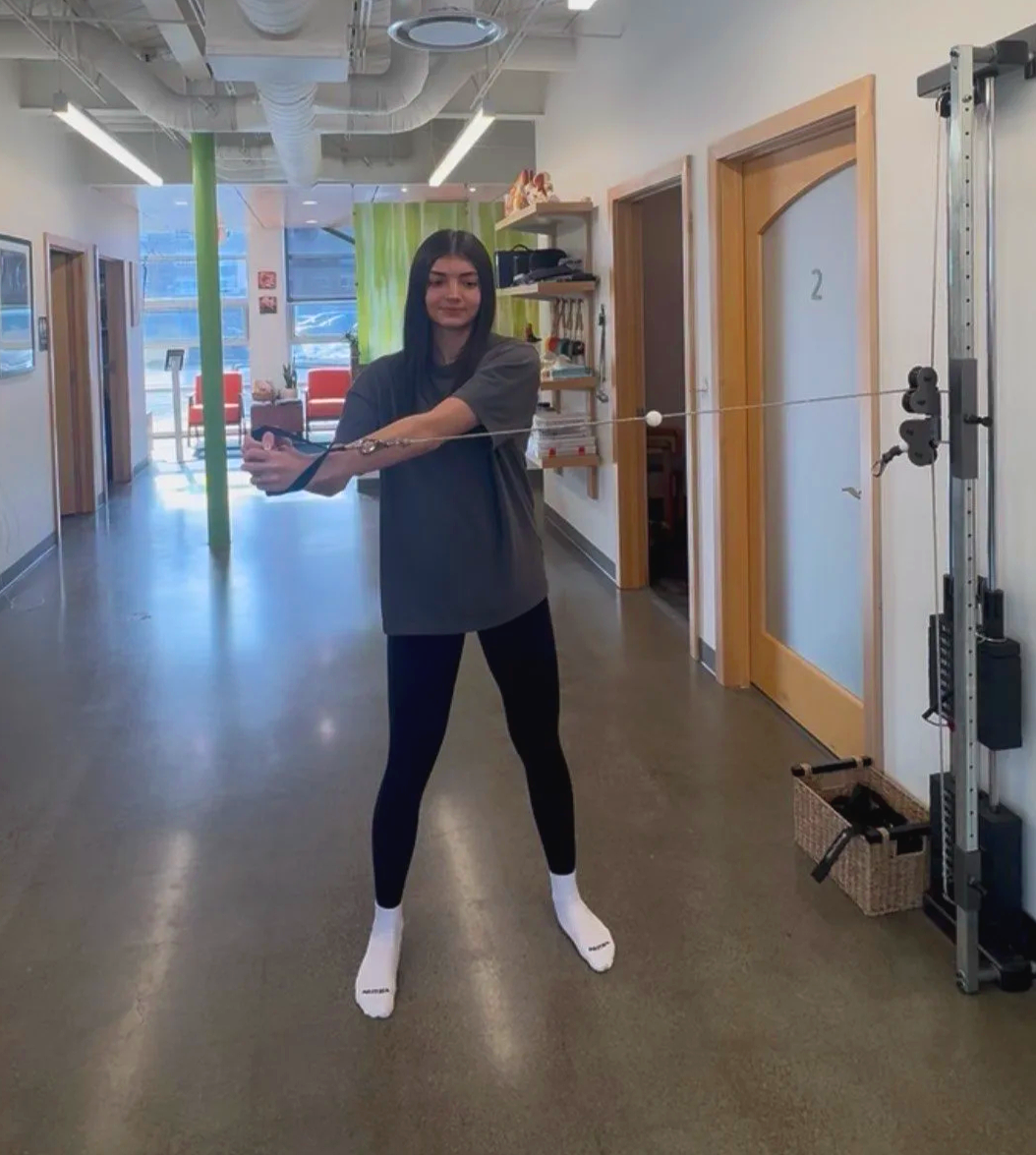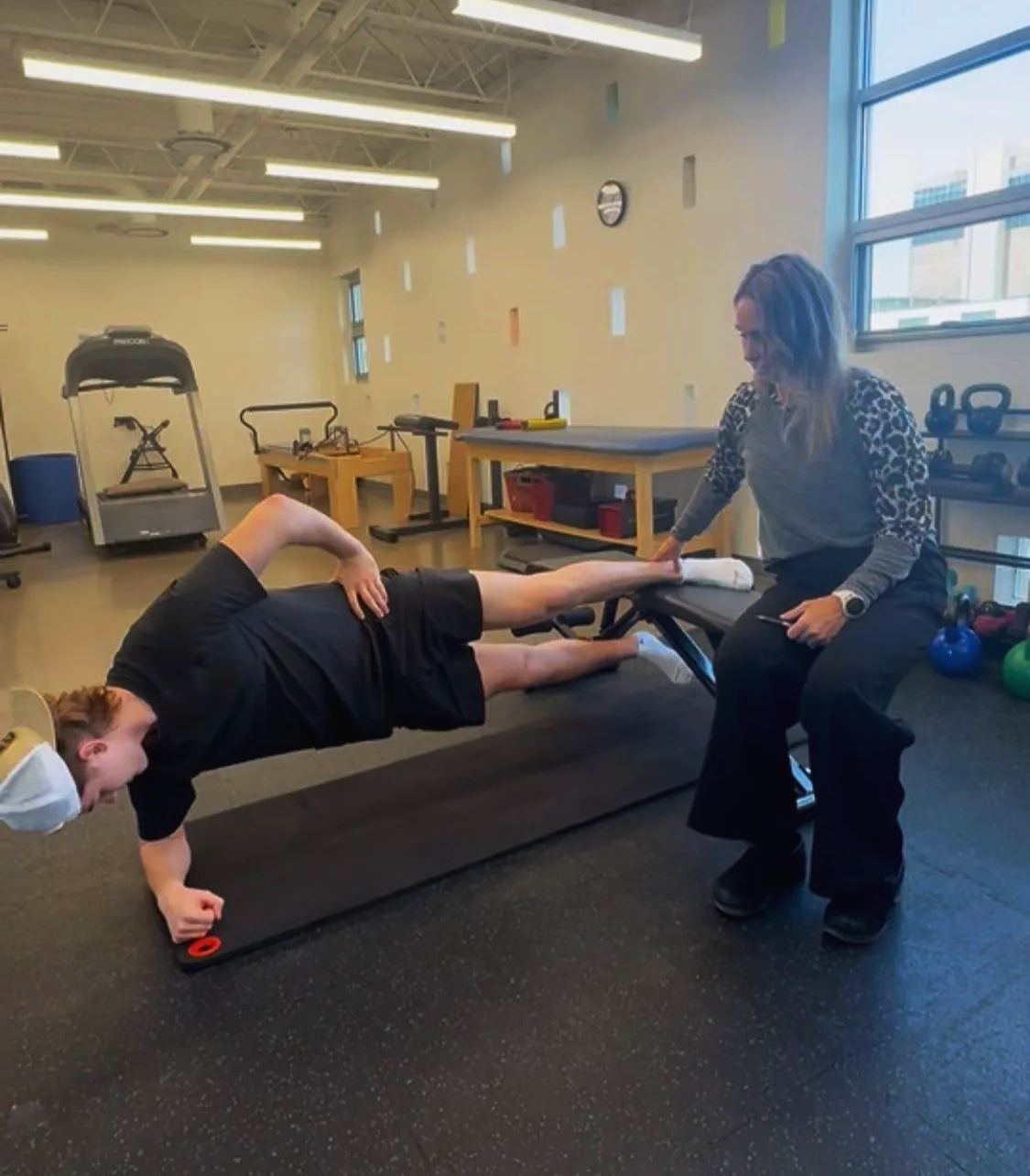Common High School Sports Injuries in the Fall Season: Risks, Research, and Recovery
Fall is one of the busiest times for high school athletics, with sports like football, soccer, cross-country, and volleyball in full swing. While these activities provide important physical, social, and mental health benefits, the intensity of training and competition also brings a higher risk of injury. Research highlights several injuries that are especially common during the fall season, along with proven approaches for treatment and recovery.
Most Prevalent Fall Sports Injuries
1. Ankle Sprains
Prevalence: The National Athletic Trainers’ Association (NATA) reports that ankle sprains are the most common injury across high school sports, particularly in football and soccer.
Why They Happen: Quick pivots, uneven surfaces, or direct contact can overstretch ligaments.
Treatment: Initial care often follows the PEACE & LOVE protocol:
PEACE (Initial 1-3 Days):
Protect: Limit activity to avoid further injury.
Elevate: Raise the injured ankle above the heart to reduce swelling.
Avoid Anti-inflammatories: Avoid using ice or anti-inflammatory medications, as inflammation is crucial for healing
Compress: Use a bandage to minimize swelling
Educate: Understand the injury and the natural healing process
LOVE (Subsequent Recovery):
Load: Gradually increase activity to promote tissue repair
Optimism: Maintain a positive mindset to aid recovery
Vascularization: Engage in activities that improve blood flow to the injured area
Exercise: Perform exercises to restore mobility, strength, and balance
Physical therapy then focuses on balance, strengthening, and mobility exercises to prevent re-injury.
2. Knee Injuries (ACL and Meniscus Tears)
Prevalence: According to the American Academy of Pediatrics, knee injuries are among the top causes of missed play in high school athletes. Female soccer and volleyball athletes face higher ACL injury rates due to landing mechanics and joint anatomy.
Treatment: Mild sprains may be treated with bracing and rehab, while severe ACL or meniscus tears may require surgery followed by structured physical therapy (often 6–12 months). Neuromuscular training programs focusing on landing control have been shown to reduce ACL risk when preformed in the preseason as well as incorporated throughout the regular season.
3. Concussions
Prevalence: Football, soccer, and cheerleading report the highest concussion rates in high school sports. Research from the CDC estimates nearly 20% of high school athletes experience a sports-related concussion each year.
Treatment: Athletes must immediately stop play and undergo evaluation. Recovery includes both cognitive and physical rest followed by a gradual return-to-play protocol under medical supervision.
4. Shoulder Injuries
Prevalence: Common in football (due to tackling) and volleyball (from repetitive overhead motions). Issues include dislocations, rotator cuff strains, and labral tears.
Treatment: Mild strains respond well to rest, ice, and strengthening of the rotator cuff and scapular stabilizers. Recurrent instability may require surgical repair and structured rehab.
5. Shin Splints & Stress Fractures
Prevalence: Cross-country runners frequently develop overuse injuries like shin splints or stress fractures from repetitive impact.
Treatment: Rest, footwear evaluation, and gradual return to running are essential. Strengthening of the calf and hip muscles, combined with proper training progression and nutrition, lowers recurrence.
Key Takeaways for Athletes, Parents, and Coaches
Prevention matters: Proper warm-up routines, strength training, and neuromuscular conditioning reduce risk.
Early intervention is critical: Ignoring pain or playing through injury often worsens outcomes.
Rehabilitation ensures safe return: Physical therapy not only restores strength and mobility but also addresses movement patterns that may have contributed to the injury.
High school athletes have an incredible capacity to recover, but only if injuries are managed correctly from the start. With the right blend of evidence-based care and patience, most can return to their sport stronger, more resilient, and better prepared for future seasons.
this blog post was written by Rachel Anderson, DPT, COMT
Images in this post were provided by Alisa Carrol, PT, DPT (volleyball) and Erin Newton, PT (all other photos)





